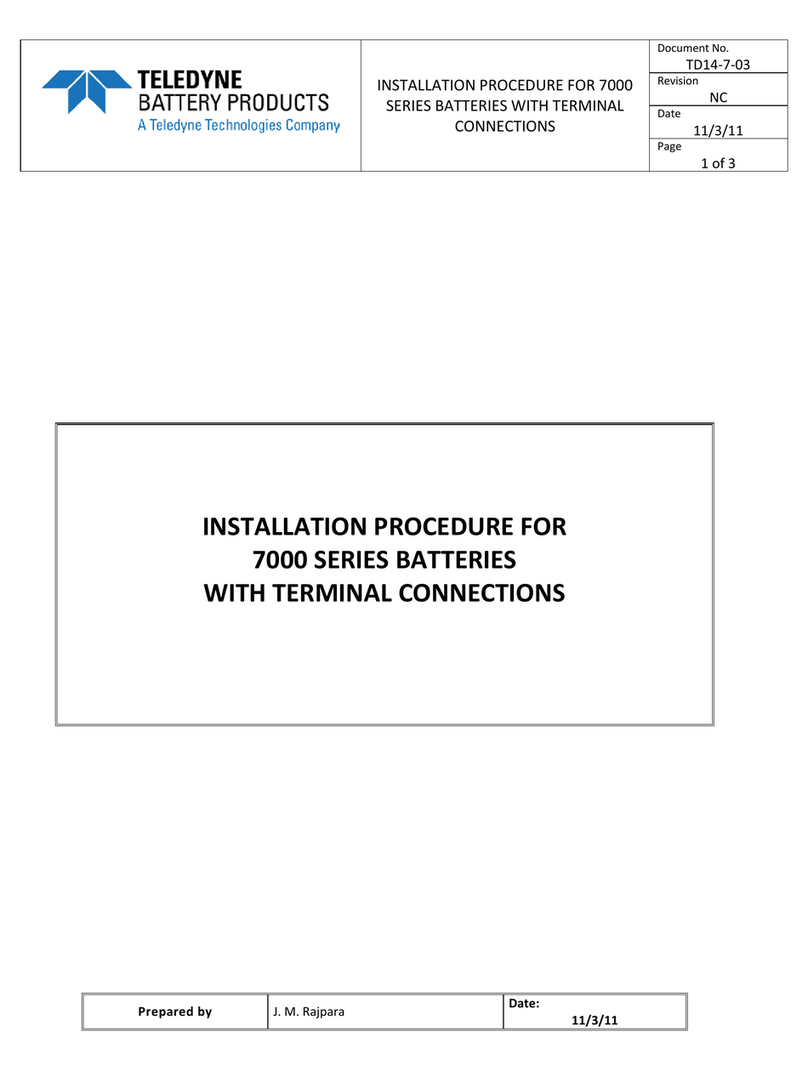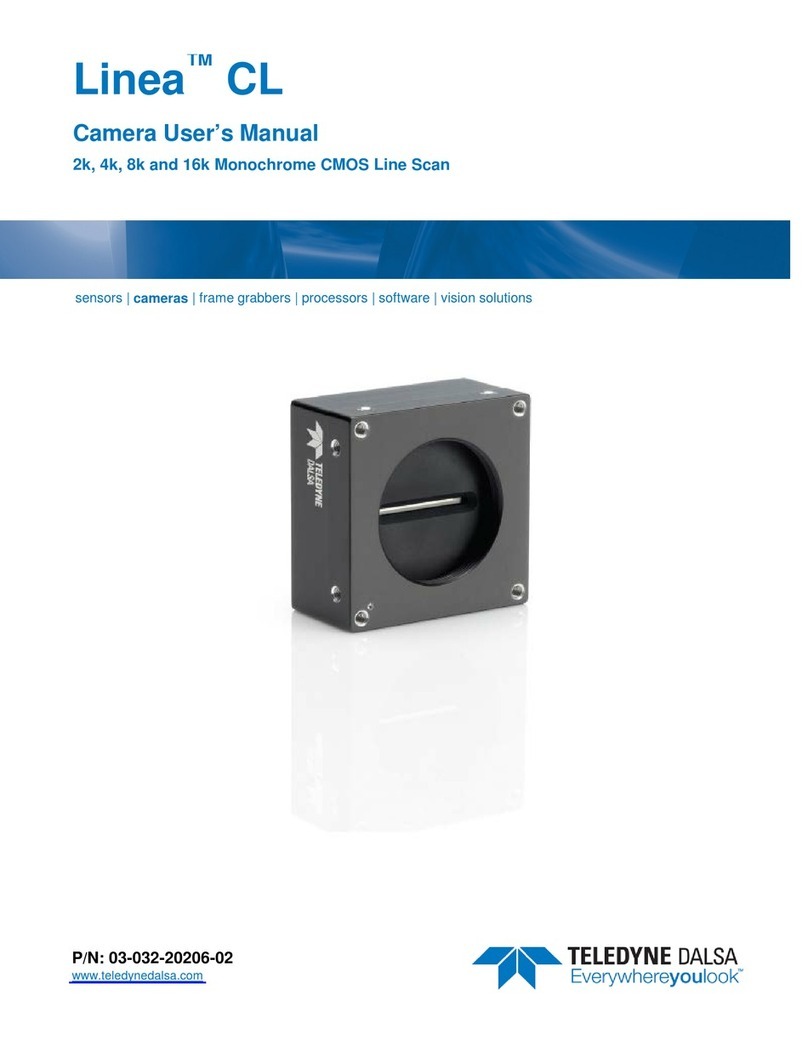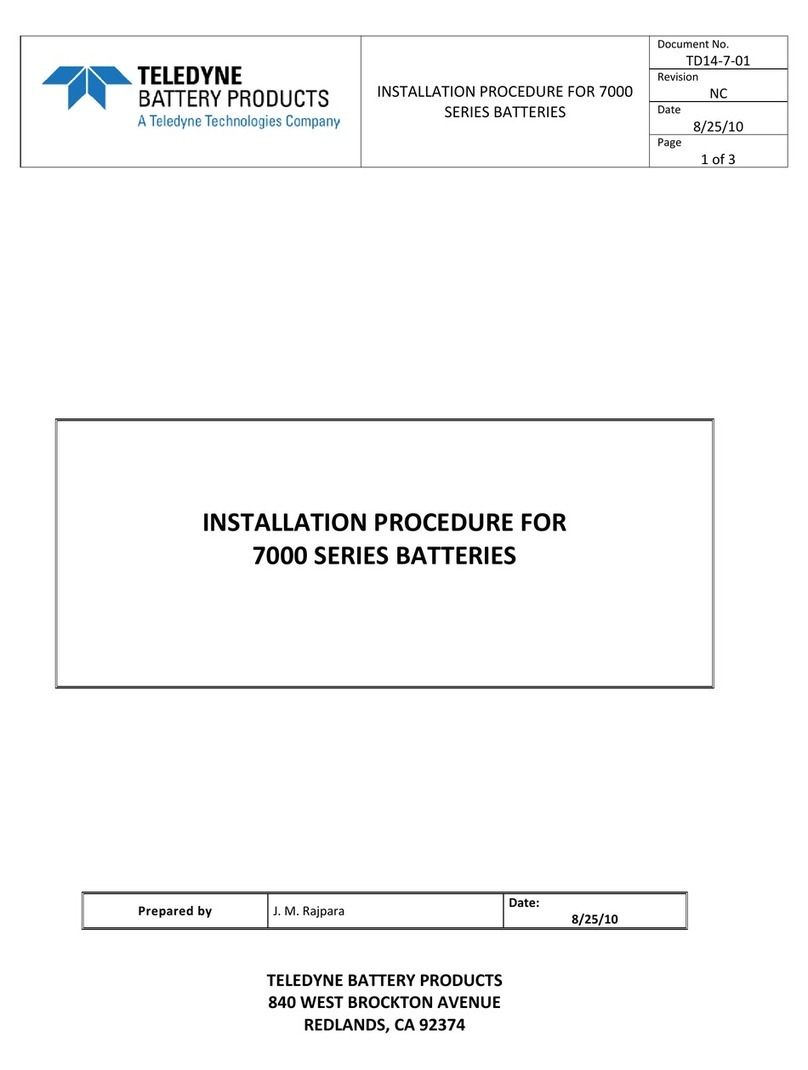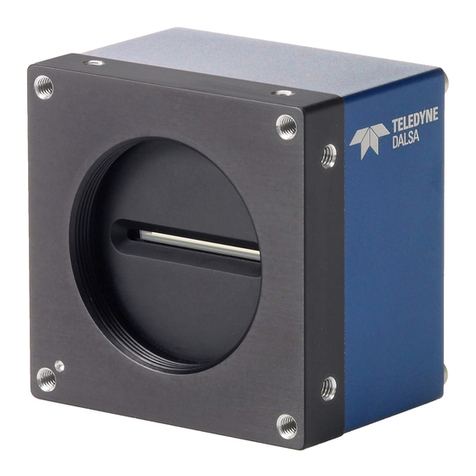2•Contents Linea GigE Series Camera
Camera Power-up Configuration....................................................................30
User Set Configuration Management ..............................................................30
SENSOR CONTROL CATEGORY...........................................................................31
Sensor Control Feature Descriptions .......................................................31
Gain and Black Level Control Details.......................................................32
Exposure Controls Details......................................................................33
Internal Programmable Exposure...................................................................33
External Programmable Exposure ..................................................................33
External Trigger Width Exposure....................................................................34
Exposure and Readout Overlap .....................................................................34
I/O CONTROL CATEGORY ................................................................................35
I/O Control Feature Descriptions ............................................................36
I/O Module Block Diagram.....................................................................41
Trigger Overview..................................................................................42
Trigger Selector Details ................................................................................42
Trigger Source Types...................................................................................43
Input Line Details ........................................................................................43
Output Line Details ......................................................................................44
Example of Free Run Line Mode with Frame Trigger .........................................44
Example of Line Trigger Mode.......................................................................44
Example of Line Trigger plus Frame Trigger Combined .....................................45
COUNTER AND TIMER CONTROL CATEGORY ...........................................................46
Counter and Timer Control Feature Description........................................46
Counter and Timer Group Block Diagram.................................................50
Example: Counter Start Source = OFF ...........................................................51
Example: Counter Start Source = CounterEnd (itself).......................................51
Example: CounterStartSource = EVENT and Signal (Edge Base) ........................52
Example: CounterStartSource = Signal (Level Base) Example 1.........................52
Example: CounterStartSource = Line (Edge Base) Example 2............................53
ADVANCED PROCESSING CONTROL CATEGORY .......................................................54
Advanced Processing Control Feature Descriptions....................................54
Flat Field Correction Overview................................................................57
Flat Field Correction Algorithm Description......................................................57
Information on the Sapera Flat Field Coefficients File........................................57
Important Factors about Flat Field Processing .................................................58
How to do a FFC Setup via Sapera CamExpert .........................................59
Set up Dark and Bright Acquisitions with the Histogram Tool.............................59
Flat Field Correction Calibration Procedure ......................................................60
Using Flat Field Correction.....................................................................63
CYCLING PRESET MODE CONTROL CATEGORY ........................................................63
Cycling Preset Mode Control Feature Description ......................................64
Using Cycling Presets—an Example.........................................................67
Initial Example Setup...................................................................................67
Cycling Example: Changing Gain ...................................................................67
IMAGE FORMAT CONTROL CATEGORY ..................................................................69
Image Format Control Feature Description ..............................................69
Pixel Size: Monochrome 12-Bit Packed....................................................73
Binning...............................................................................................73
Internal Test Image Generator...............................................................74
ACQUISITION AND TRANSFER CONTROL CATEGORY..................................................74
Acquisition and Transfer Control Feature Descriptions...............................74
Acquisition Buffering....................................................................................76
Using Transfer Queue Current Block Count with CamExpert ..............................76
Overview of Transfer Control (TransferControlMode).................................76
Features that Cannot be Changed During a Sapera Transfer......................78
EVENT CONTROL CATEGORY .............................................................................79

































